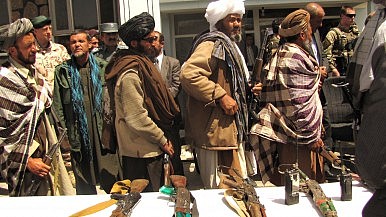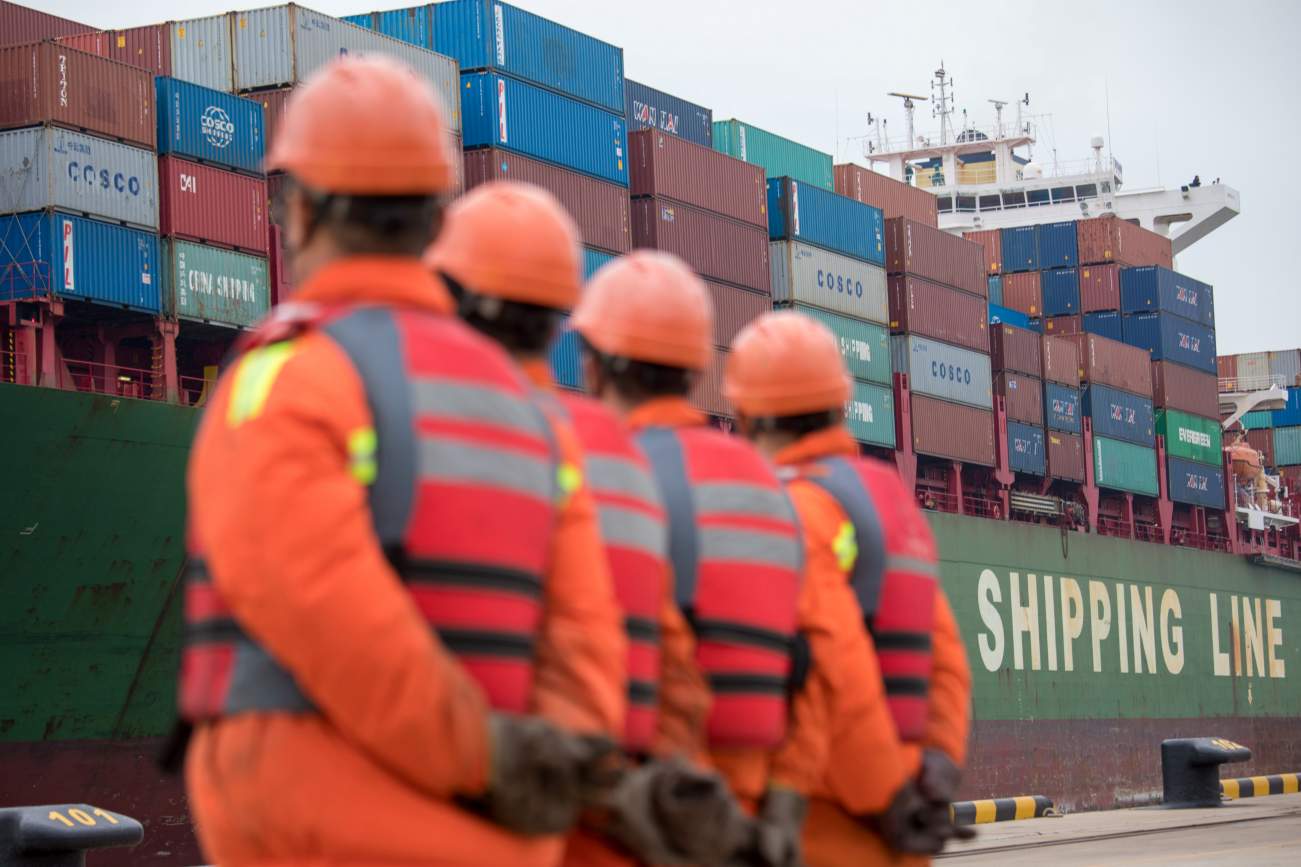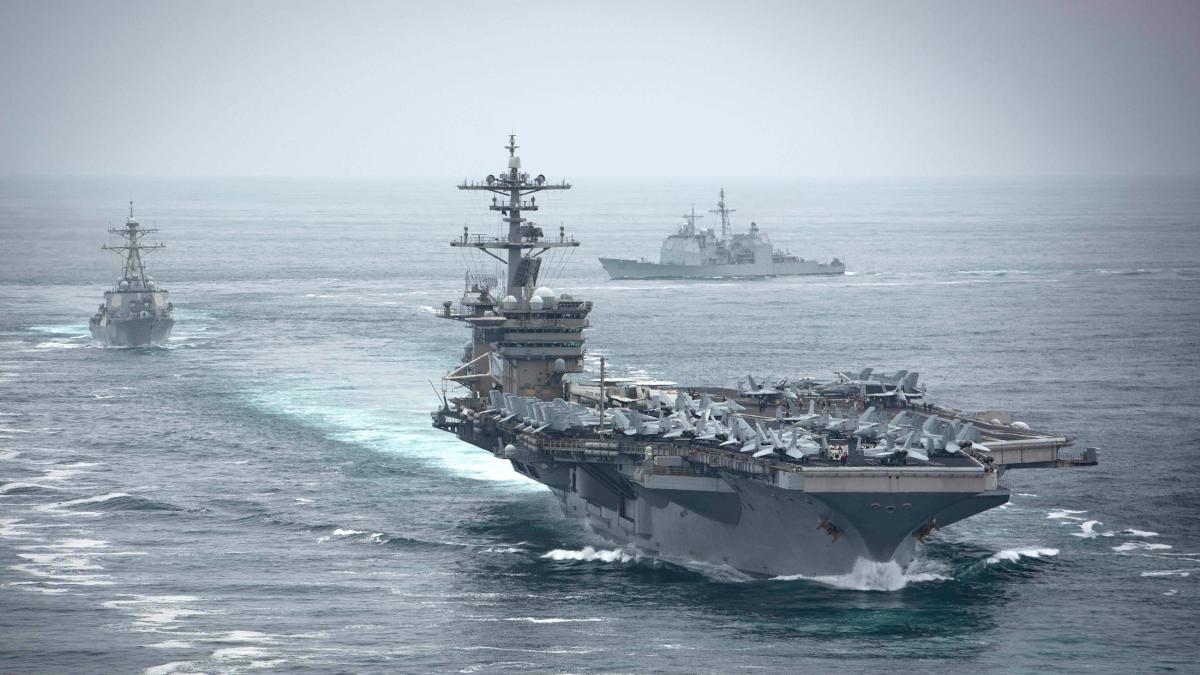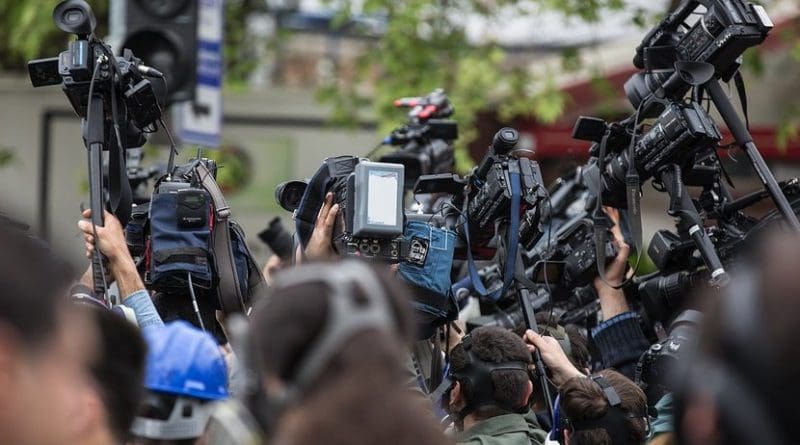 The recent launch of a direct flight between Guwahati in northeast India and Dhaka in Bangladesh marks the beginning of a new phase in the ties between that region of India and its neighborhood. Bangladesh is a key country for India, particularly in the light of the friendly relations between the two governments.
The recent launch of a direct flight between Guwahati in northeast India and Dhaka in Bangladesh marks the beginning of a new phase in the ties between that region of India and its neighborhood. Bangladesh is a key country for India, particularly in the light of the friendly relations between the two governments.
But more than a simple aeronautical arrangement, the route shines a light on India's Act East Policy, which aims to improve connectivity -- and relationships -- between India and its eastern neighbors, including the ASEAN countries. That this comes as China increases its influence in the region through the Belt and Road Initiative should not surprise anyone.
New Delhi is working on a host of other connectivity initiatives. It is involved in the Kaladan transport project, which links the remote Northeast with other parts of the country via Myanmar and the Bay of Bengal.










/arc-anglerfish-arc2-prod-mco.s3.amazonaws.com/public/2HAKEMH2IJEYLF5ONNS6YYX4SU.jpg)

